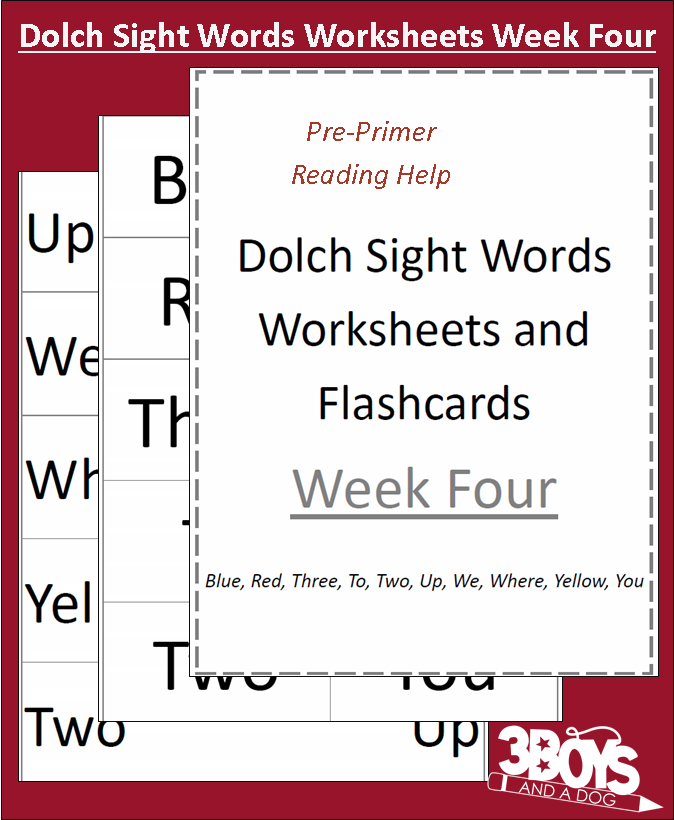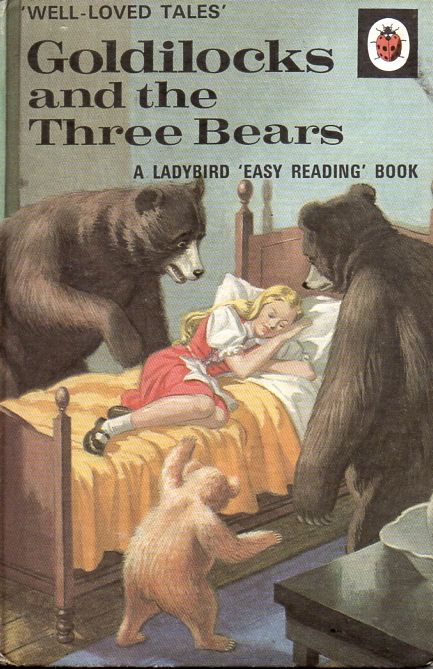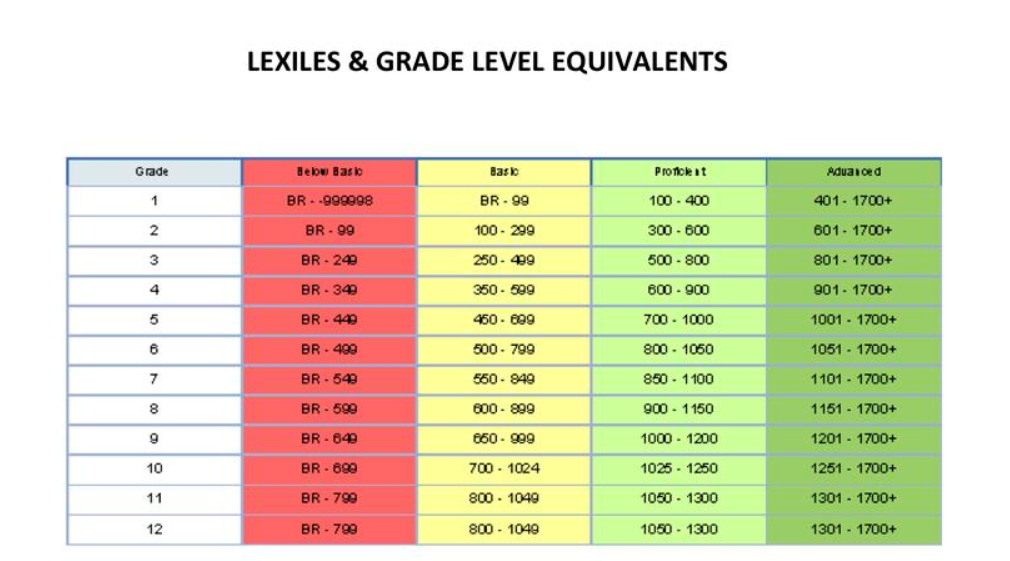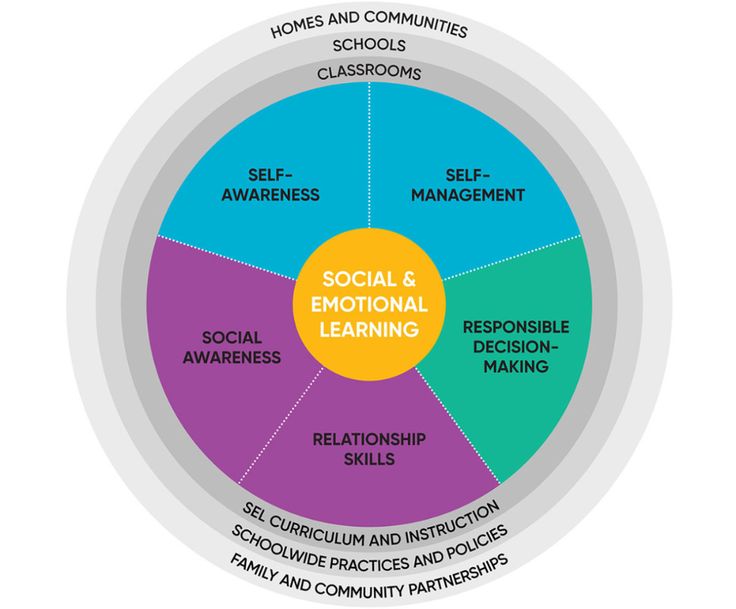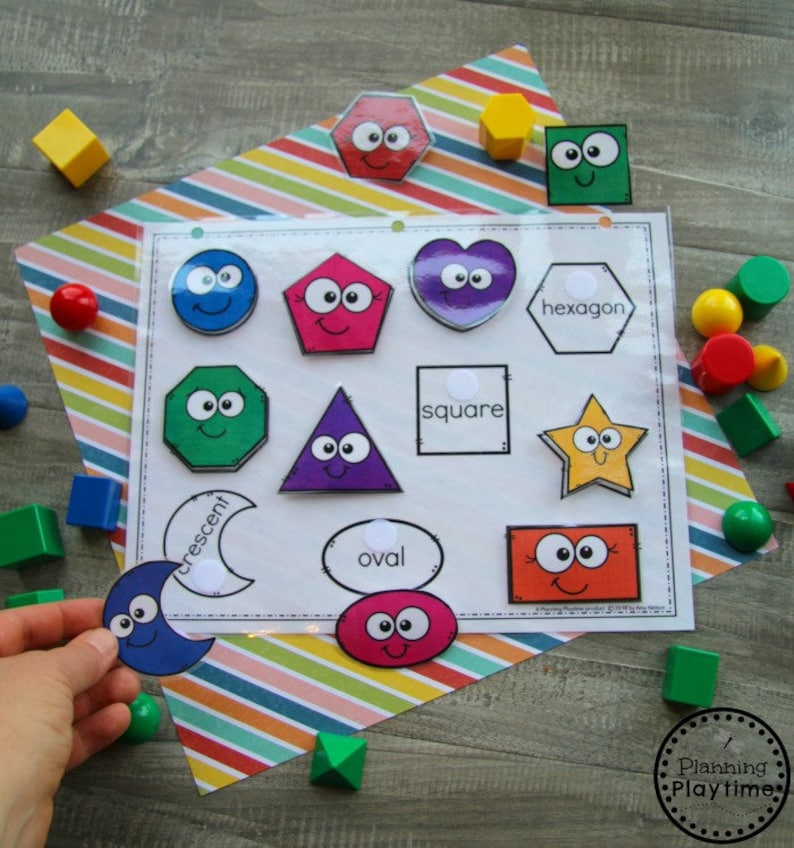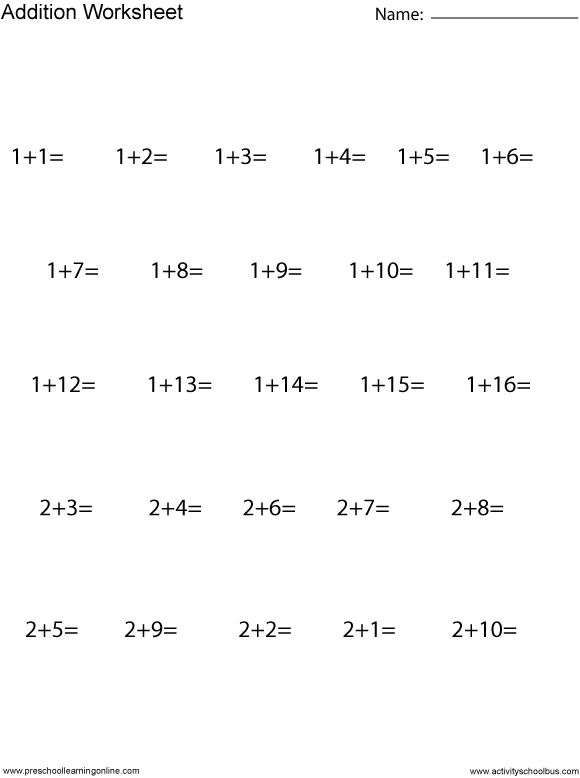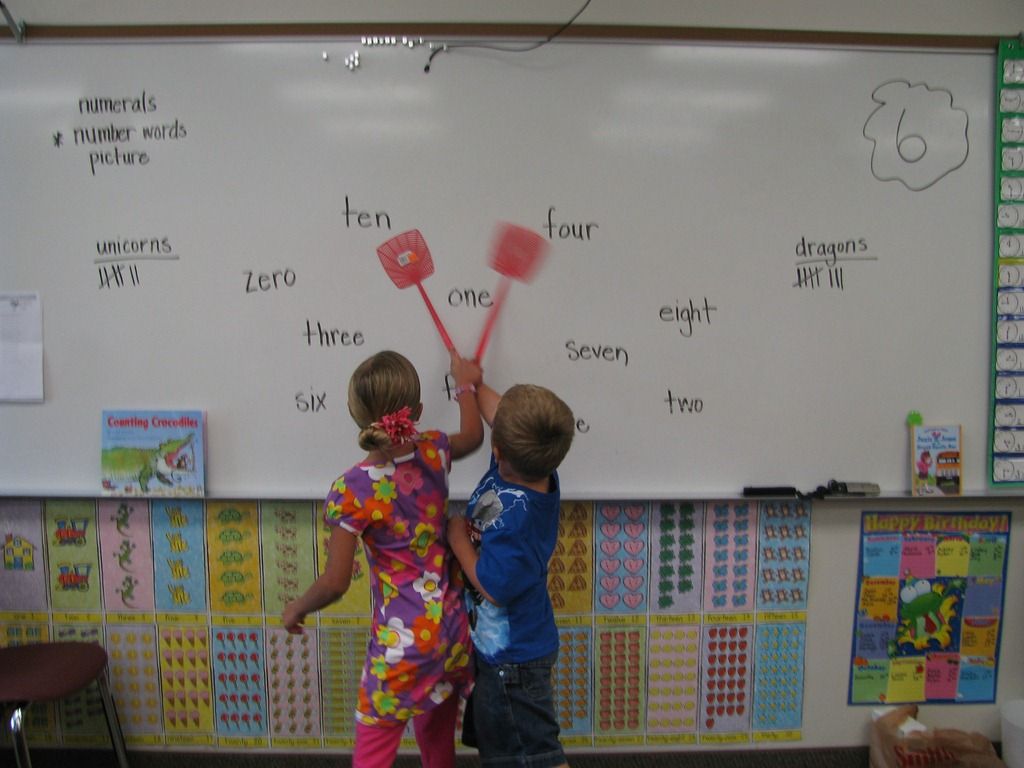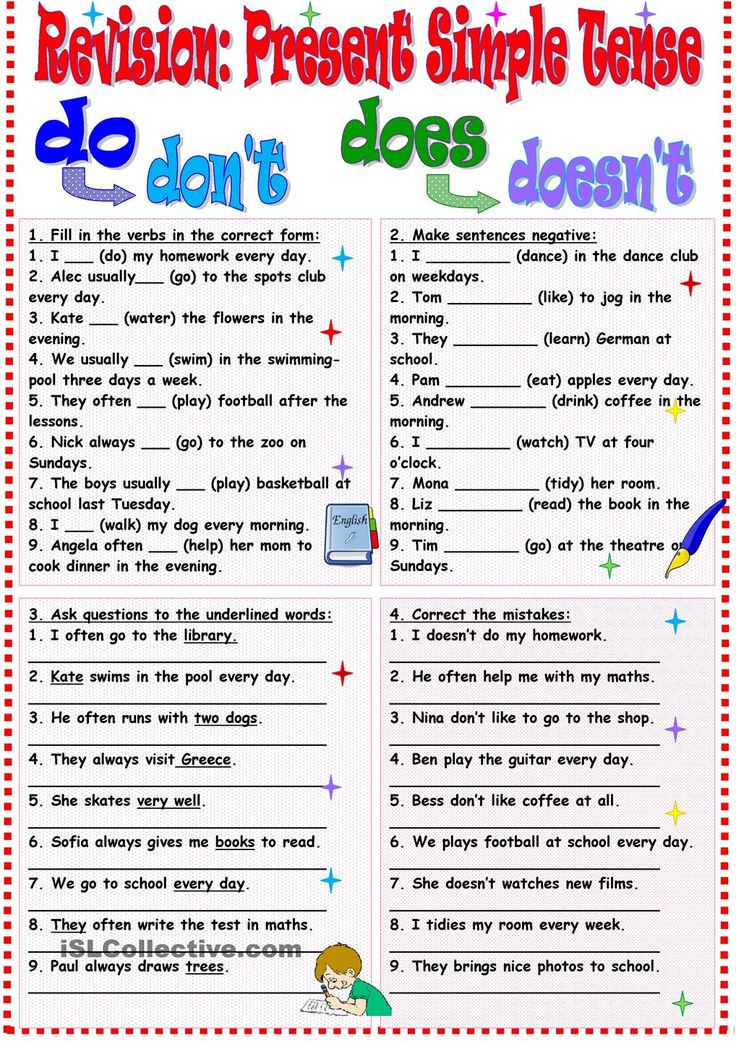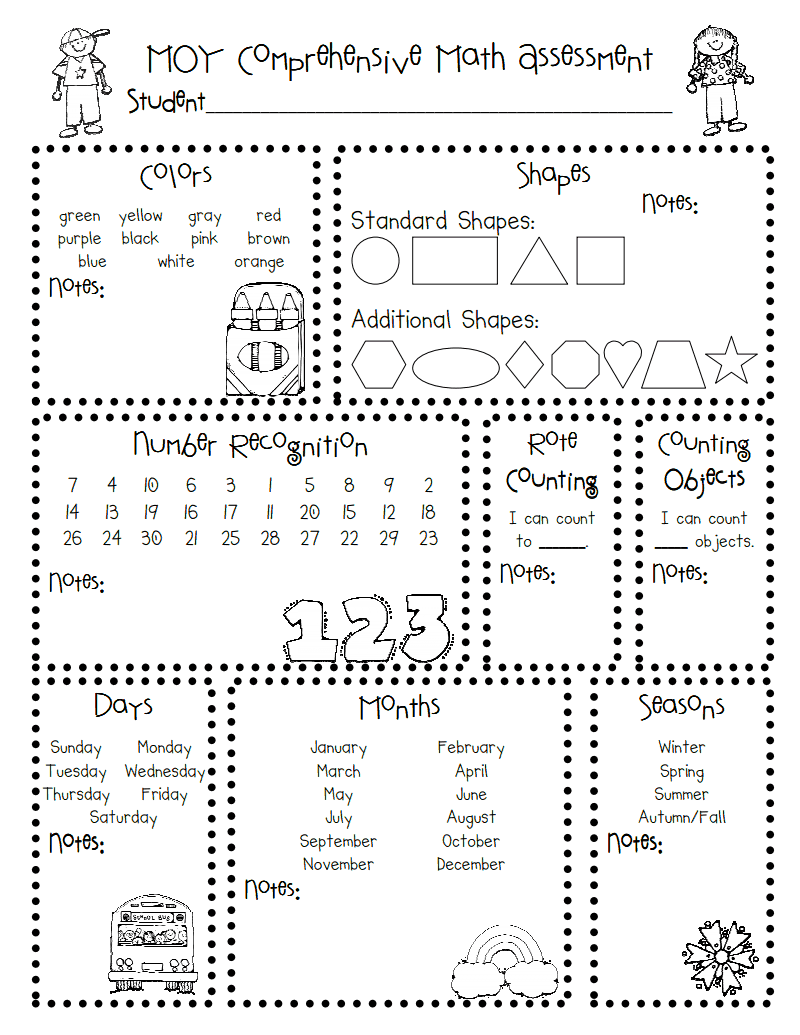What does sight word mean
What Are Sight Words? Get the Definition Plus Teaching Resources
When you’re a new teacher, the number of buzzwords that you have to master seems overwhelming at times. You’ve probably heard about many concepts, but you may not be entirely sure what they are or how to use them in your classroom. For example, new teacher Katy B. asks, “This seems like a really basic question, but what are sight words, and where do I find them?” No worries, Katy. We have you covered!
What’s the difference between sight words and high-frequency words?
Oftentimes we use the terms sight words and high-frequency words interchangeably. Opinions differ, but our research shows that there is a difference. High-frequency words are words that are most commonly found in written language. Although some fit standard phonetic patterns, some do not. Sight words are a subset of high-frequency words that do not fit standard phonetic patterns and are therefore not easily decoded.
We use both types of words consistently in spoken and written language, and they also appear in books, including textbooks, and stories. Once students learn to quickly recognize these words, reading comes more easily.
What are sight words and how can I teach my students to memorize them?
Sight words are words like come, does, or who that do not follow the rules of spelling or the six types of syllables. Decoding these words can be very difficult for young learners. The common practice has been to teach students to memorize these words as a whole, by sight, so that they can recognize them immediately (within three seconds) and read them without having to use decoding skills.
Can I teach sight words using the science of reading?
On the other hand, recent findings based on the science of reading suggests we can use strategies beyond rote memorization. According to the the science of reading, it is possible to sound out many sight words because they have recognizable patterns. Literacy specialist Susan Jones, a proponent of using the science of reading to teach sight words, recommends a method called phoneme-grapheme mapping where students first map out the sounds they hear in a word and then add graphemes (letters) they hear for each sound.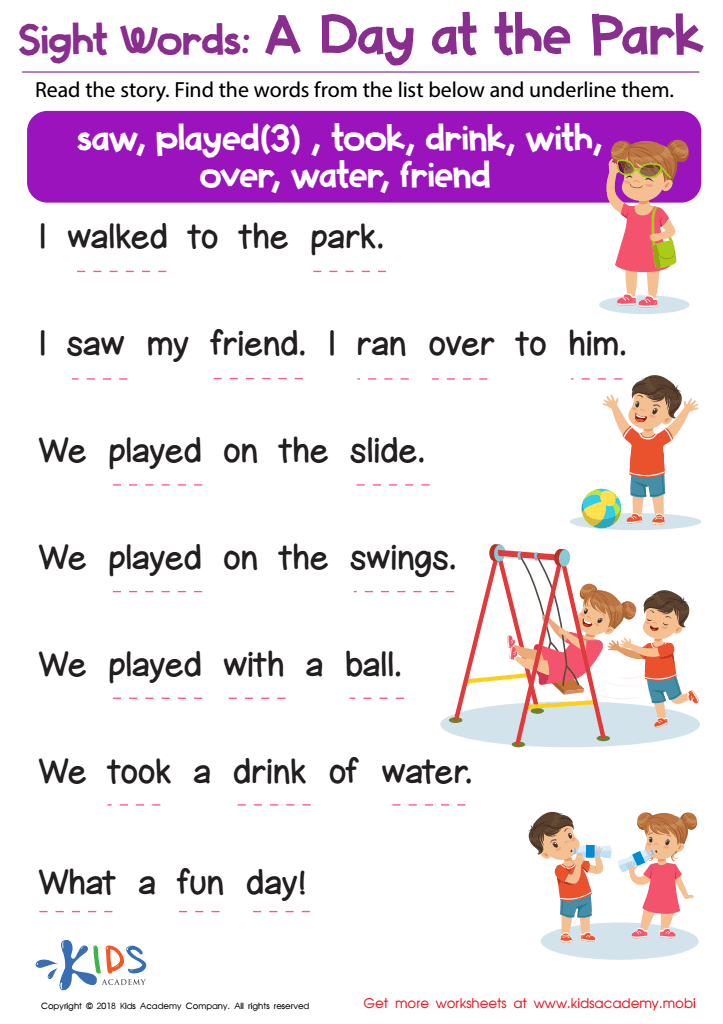
How else can I teach sight words?
There are many fun and engaging ways to teach sight words. Dozens of books on the subject have been published, including the much-revered Comprehensive Phonics, Spelling, and Word Study Guide by Fountas & Pinnell. Also, resources like games, manipulatives, and flash cards are readily available online and in stores. To help get you started, check out these Creative and Simple Sight Word Activities for the Classroom. Also, check out Susan Jones Teaching for three science-of-reading-based ideas and more.
ADVERTISEMENT
Where do I find sight word lists?
Two of the most popular sources are the Dolch High Frequency Words list and the Fry High Frequency Words list.
During the 1930s and 1940s, Dr. Edward Dolch developed his word list, used for pre-K through third grade, by studying the most frequently occurring words in the children’s books of that era. The list has 200 “service words” and also 95 high-frequency nouns.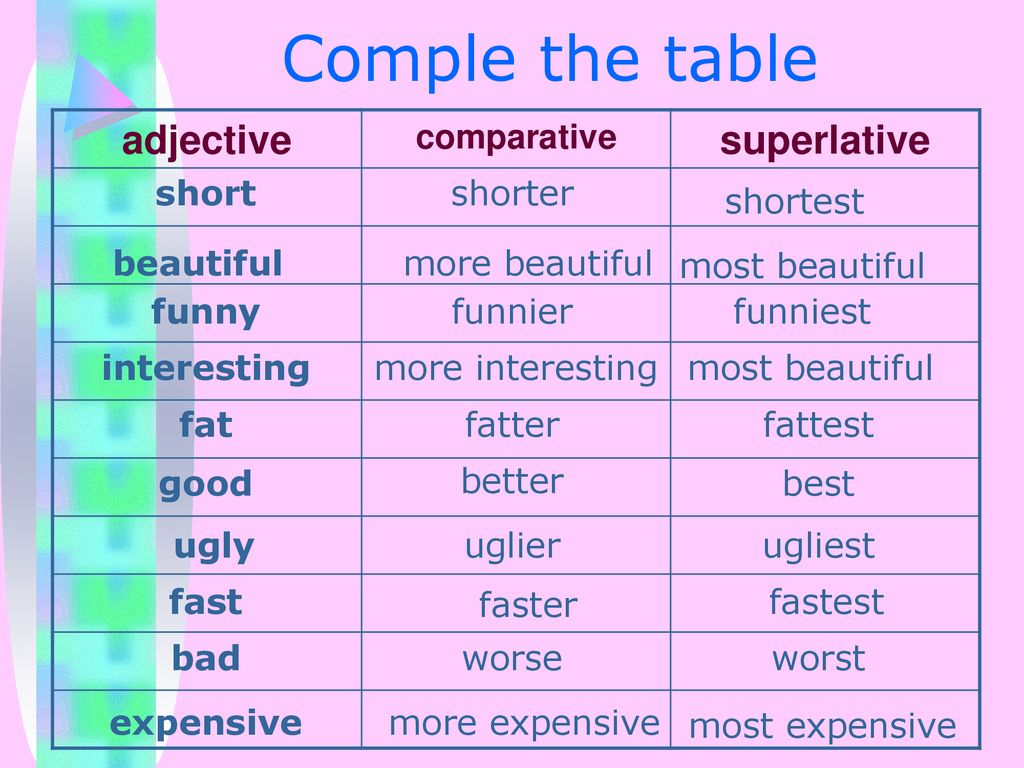 The Dolch word list comprises 80 percent of the words you would find in a typical children’s book and 50 percent of the words found in writing for adults.
The Dolch word list comprises 80 percent of the words you would find in a typical children’s book and 50 percent of the words found in writing for adults.
Dr. Edward Fry developed an expanded word list for grades 1–10 in the 1950s (updated in 1980), based on the most common words that appear in reading materials used in grades 3–9. The Fry list contains the most common 1,000 words in the English language. The Fry words include 90 percent of the words found in a typical book, newspaper, or website.
Looking for more sight word activities? Check out 20 Fun Phonics Activities and Games for Early Readers.
Want more articles like this? Be sure to sign up for our newsletters.
What Are Sight Words? - Teaching Expertise
// by Marissa Wright
Sight words are an essential part of the reading process. They are hard words for students to "break down" or "sound out.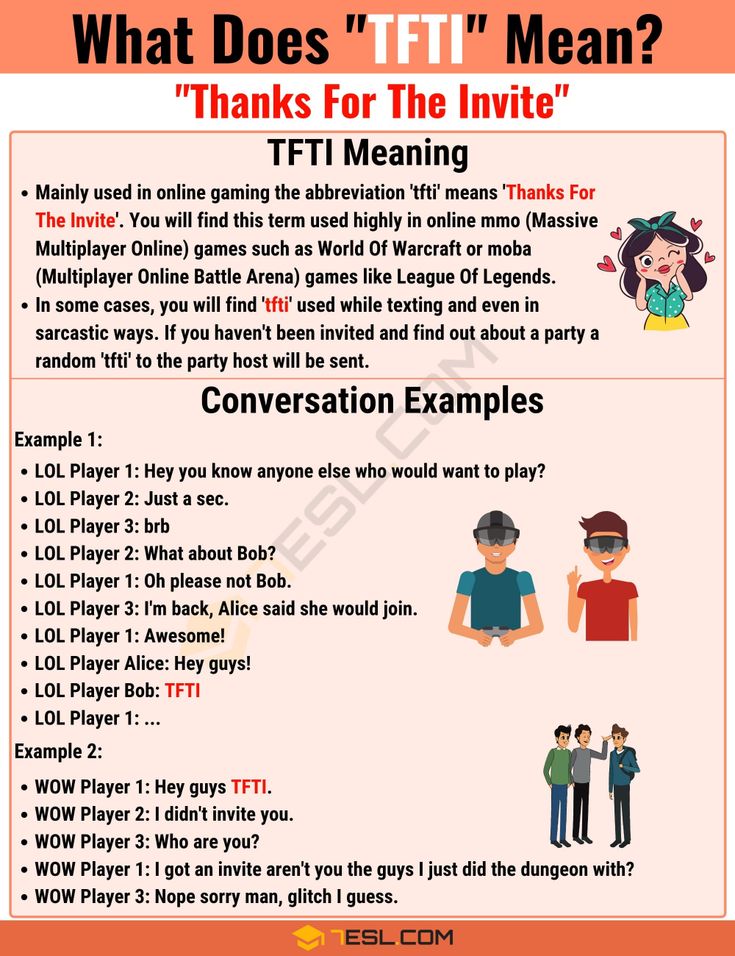 " Sight words do not follow the standard English language spelling rules or the six types of syllables. Sight words usually have irregular spellings or complex spellings that are hard for children to sound out. Decoding sight words is hard or sometimes impossible, so teaching memorization is better.
" Sight words do not follow the standard English language spelling rules or the six types of syllables. Sight words usually have irregular spellings or complex spellings that are hard for children to sound out. Decoding sight words is hard or sometimes impossible, so teaching memorization is better.
Sight word recognition is an essential skill that students will learn while in elementary school. They are the building blocks to creating fluent readers and a strong foundation of reading skills.
Sight words are words found in a typical book at the elementary level. Fluent readers will be able to read a complete sight word list for their grade, and sight word fluency builds strong readers.
What are the differences between phonics and sight words?
The difference between sight words and phonics is simple. Phonics is the sound of each letter or syllable that can be broken down into a single sound, and sight words are words that are part of the building blocks of reading, but students will not always be able to sound out the words due to sight words not following standard spelling rules or the six types of syllables.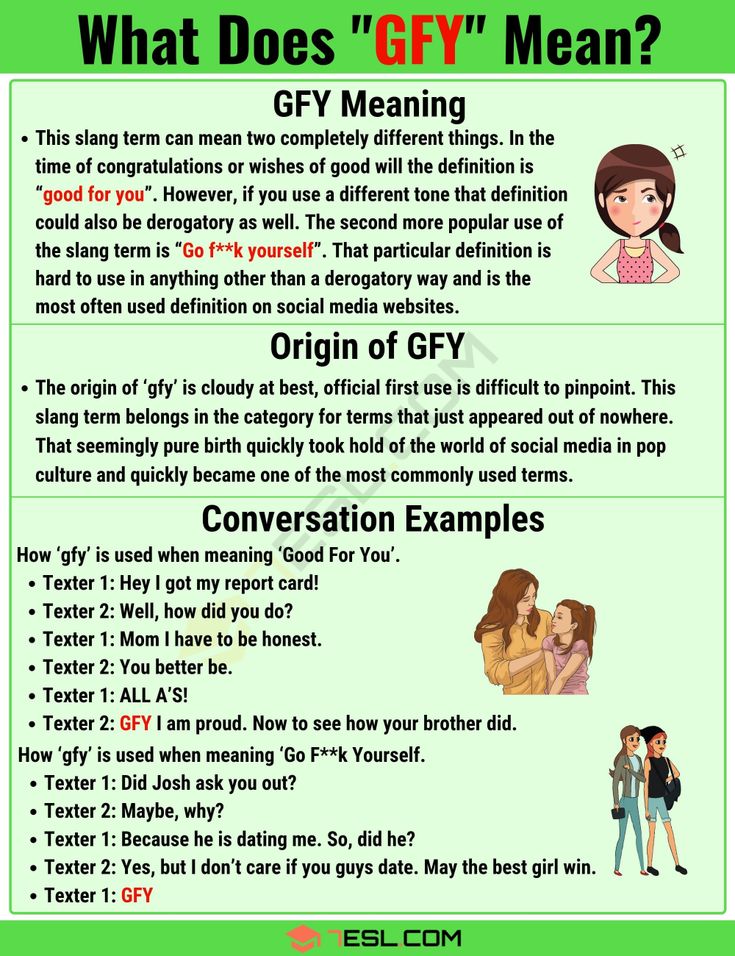
Phonics instruction gives students a basic understanding of how letter sounds are made and sound out a new word. The rules of phonics are clear when students are learning, but do not always apply to sight words, which is why students memorize them. Phonics comprehension is needed to have a solid foundation and progress students' reading capabilities.
Knowing both phonics skills and sight words will help students' reading progress and help them create a lifetime of reading.
Sight words are also different from high-frequency words. High-frequency words are the most common words used in texts or a typical book but mix decodable words (words that can be sounded out) and tricky words (words that don't follow the standard English language rules).
Each grade level will have a standard list of sight words and phonics rules that students will learn during the school year.
What are the types of sight words?
There are many types of sight words.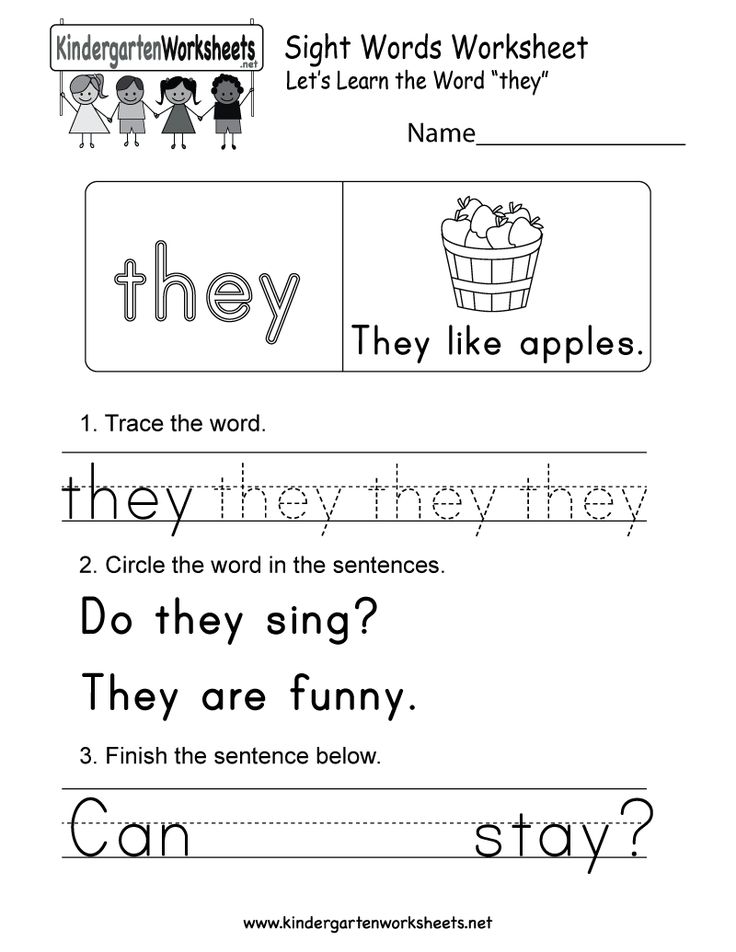 Sight words are the most common words found in an elementary level book that don't follow the spelling rules or six types of syllables.
Sight words are the most common words found in an elementary level book that don't follow the spelling rules or six types of syllables.
Two common sight words lists are Fry's sight word lists, created by Edward Fry, and the Dolch sight word lists, created by Edward William Dolch.
There is a foundation of sight words for each grade level in elementary school, and most of them are built using either Fry's or Dolch's sight words lists. Each list holds a unique set of examples of sight words, and is created for every level of student.
Written below are lists of sight words common to teach in elementary school.
Edward Fry Sight Word List Level 1
| the | of | and | you | that |
| for | with | his | they | have |
| from | had | words | but | what |
| all | were | your | can | said |
| use | each | their | them | these |
Edward Dolch Sight Word List Kindergarten
| all | black | eat | into | our |
| am | brown | four | must | please |
| are | but | get | like | pretty |
| ate | came | good | new | saw |
| be | did | have | now | say |
How to teach sight words
Many teaching strategies can help students learn sight words quickly and easily. The goal to learn sight words is to help students memorize every word.
The goal to learn sight words is to help students memorize every word.
Here is an essential guide to sight words teaching techniques. Listed below are the easiest ways to introduce students to sight words and help them become efficient readers.
Teaching sight words is a large part of the method of teaching reading that helps students become efficient readers.
1. Sight words lists
Teachers can assign a sight word list to students as a tool to take home and study. It is easy to print out a leveled list to send home with students to practice at home.
Depending on the level of students (e.g. advanced students), you can assign students new lists and levels if they have already mastered the sight word list for their grade or level.
2. Sight words games
All students love to play games. That includes sight words games and sight word activities. Students can practice sight words in a fun, interactive way.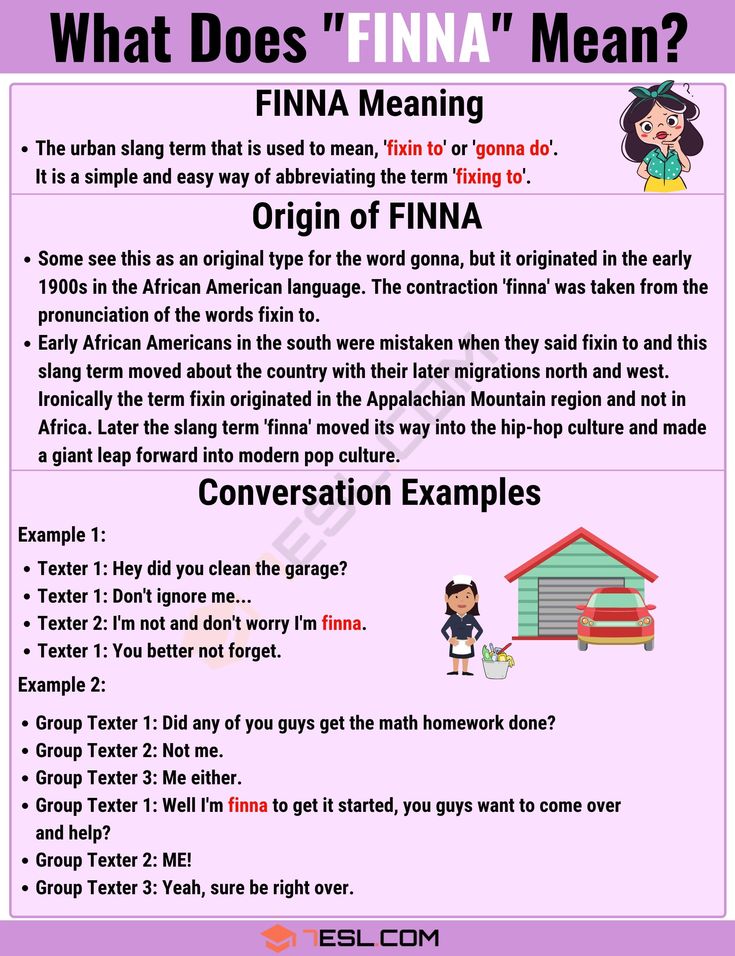 There are so many games you can play with your students, pick a game that works well for your specific class.
There are so many games you can play with your students, pick a game that works well for your specific class.
Games are also perfect for non-readers or reluctant readers! They are an effective strategy to expose students to sight words while having fun.
Many sight word games can be interactive, such as sensory bags to spell words, find words in the morning message or announcement, and build words with bricks and legos. These are examples of hands-on interactive games that are fun for both the student and teacher.
3. Sight word games online
There are many educational online games that help students learn their sight word lists. The best online games are usually free to educators and students. Students love playing games online, they might even be encouraged to play them at home.
Roomrecess.com has a great game called "Sight Word Smash" where students 'smash' the word they are looking for by clicking it. They win the game by showing they know and can find all of their sight words.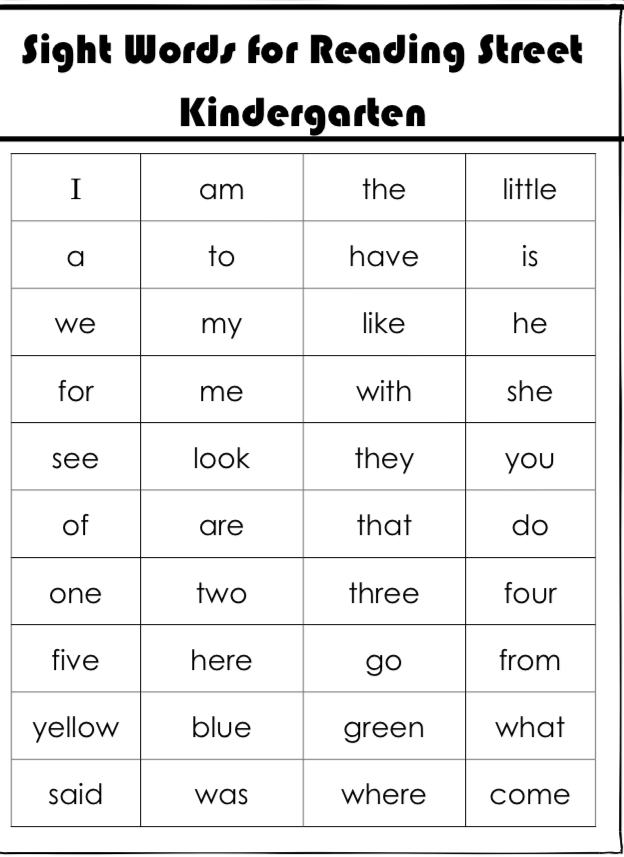
It is easy to find other online games, such as sight word bingo, sight word memory, and many other fun games.
4. Sight words flashcards
Students can make flashcards or you can print them out for the whole class. It's an easy way to practice memorization. Just flip through the cards to test students on their sight word skills.
Don't forget to correct mistakes while students are playing games, doing activities, or reviewing flashcards. Giving students opportunities for repetition will allow them to memorize the sight words more easily.
Sight words takeaway
Memorization is the main key to increasing reading fluency and helping students remember sight word lists.
Helping students memorize their words will assist students in their long-term reading goals. You will see student fluency in reading increase if students can memorize their sight words.
Related posts:
Category: Classroom Ideas
Species (biology) | it's.
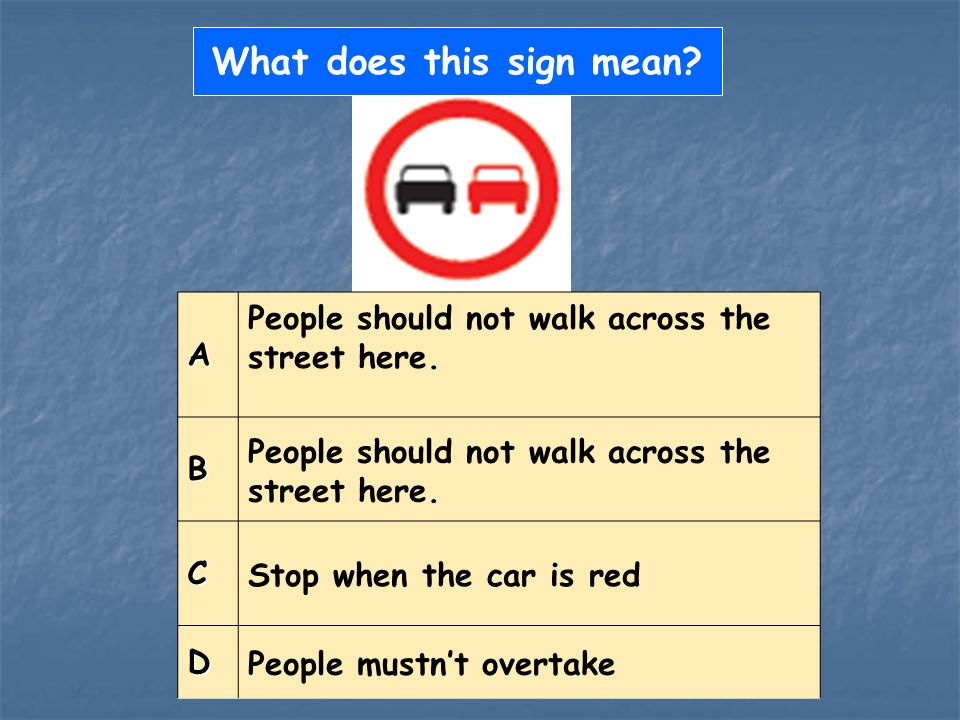 .. What is Species (biology)?
.. What is Species (biology)? Interpretation
- Species (biology)
-
Title page of Carl Linnaeus's Plant Species ( Species Plantarum ).
May 1, 1753 - the date of publication of the book - is taken as the starting point for botanical nomenclature.Type (lat. species ) is a taxonomic, systematic unit, a group of individuals with common morphophysiological, biochemical and behavioral characteristics, capable of interbreeding, producing fertile offspring in a number of generations, regularly distributed within a certain range and similarly changing under the influence of environmental factors. A species is a really existing genetically indivisible unit of the living world, the main structural unit in the system of organisms, a qualitative stage in the evolution of life.
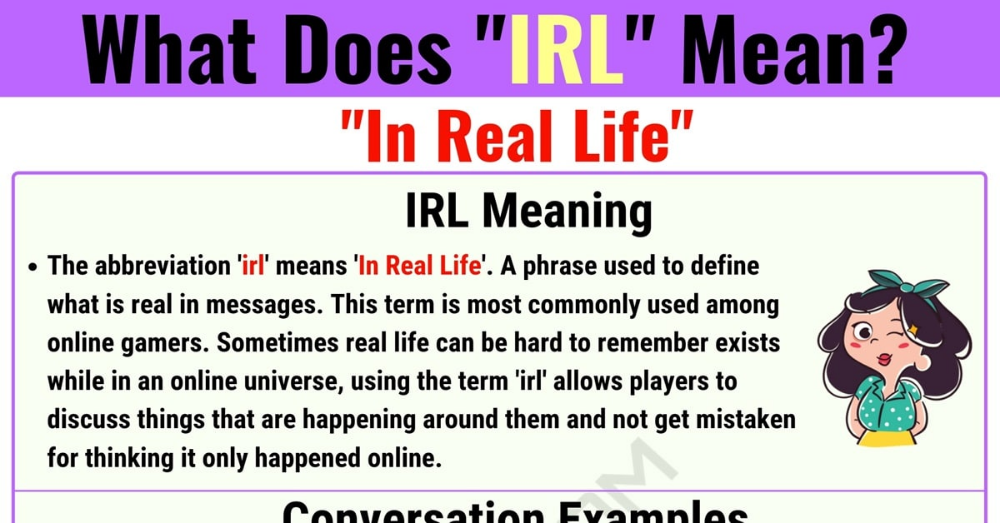
Contents
- 1 Species name
- 2 Literature
- 3 Links
- 4 See also
- 5 Notes
For a long time it was believed that any species is a closed genetic system, that is, there is no exchange of genes between the gene pools of two species. This statement is true for most species, but there are exceptions to it. So, for example, lions and tigers can have common offspring (ligers and tigers), the females of which are fertile - they can give birth to both tigers and lions. Many other species are also interbred in captivity, which do not naturally interbreed due to geographic or reproductive isolation. Crossing (hybridization) between different species can also occur in natural conditions, especially in the case of anthropogenic disturbances of the habitat that violate the ecological mechanisms of isolation. Especially often plants hybridize in nature.
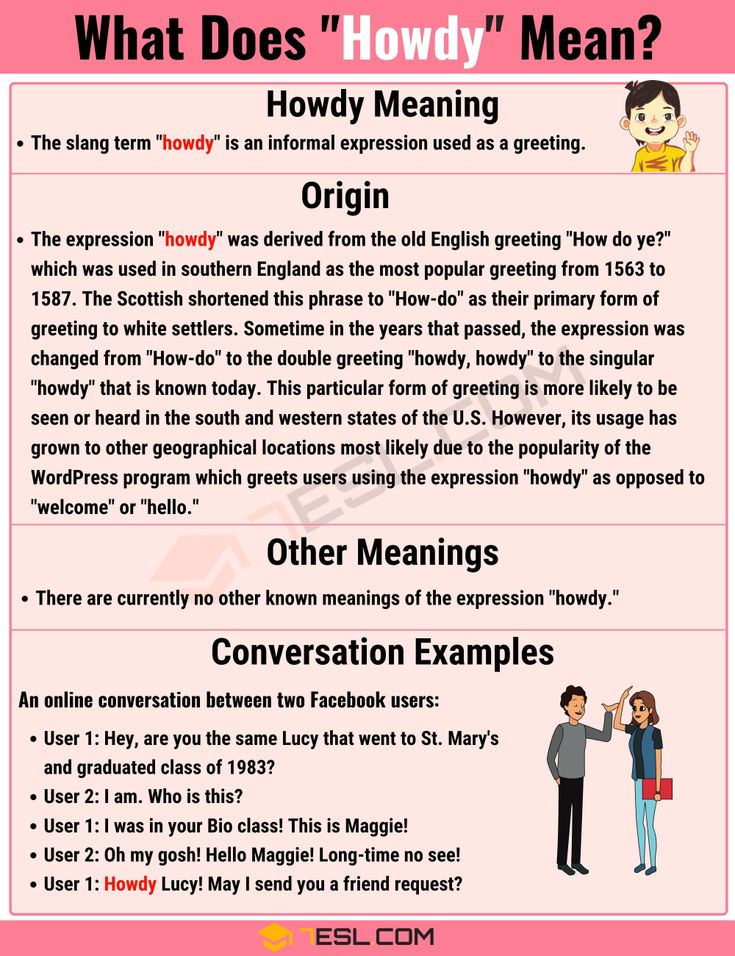 A noticeable percentage of species of higher plants is of hybrid origin - they were formed during hybridization as a result of partial or complete merging of parental species.
A noticeable percentage of species of higher plants is of hybrid origin - they were formed during hybridization as a result of partial or complete merging of parental species. One species can be distinguished from another according to five main features.
- The morphological criterion makes it possible to distinguish between different species according to external and internal features.
- Physico-biochemical criterion fixes the unequal chemical properties of different species.
- The geographical criterion indicates that each species has its own range.
- Ecological allows distinguishing species according to the complex of abiotic and biological conditions in which they were formed and adapted to life.
- The reproductive criterion determines the reproductive isolation of a species from others, even closely related ones.
Each species is a genetically closed reproductive system isolated from other species.
Due to unequal environmental conditions, individuals of the same species within the range break up into smaller units - populations.
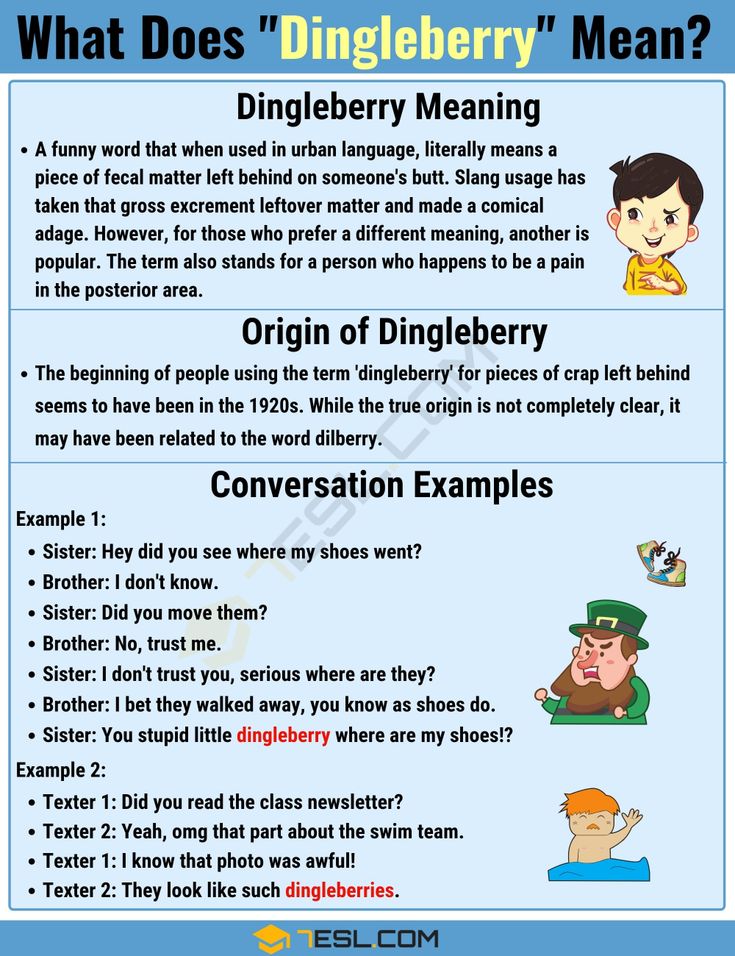 In reality, a species exists precisely in the form of populations.
In reality, a species exists precisely in the form of populations. Species are monotypic - with a weakly differentiated internal structure, they are characteristic of endemics. Polytypic species are characterized by a complex intraspecific structure.
Within species, subspecies can be distinguished - geographically or ecologically isolated parts of a species, individuals of which, under the influence of environmental factors in the process of evolution, have acquired stable morphophysiological features that distinguish them from other parts of this species. In nature, individuals of different subspecies of the same species can freely interbreed and produce fertile offspring.
The species is the most important taxonomic category not only for taxonomy, but for all biology in general ...
Unfortunately, the species, as well as all other taxonomic categories, hardly lends itself to any precise logical definition.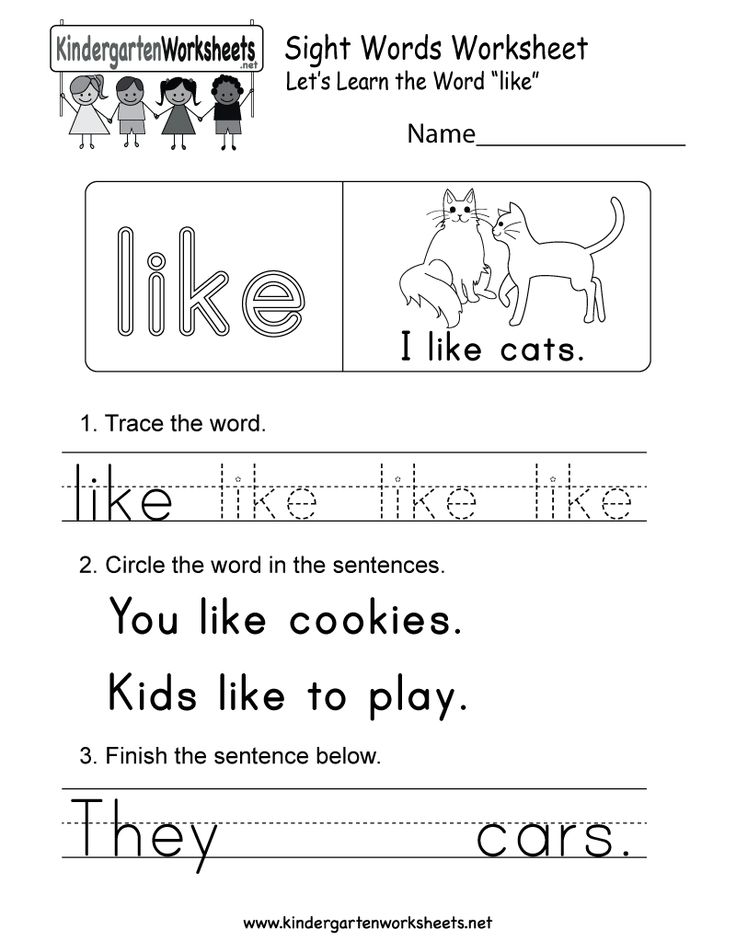 It is very difficult, in particular, to give a definition of a species that fits equally well both sexually reproducing plants and asexually reproducing plants. In one case the species is a system of populations, and in the other case it is a system of clones.
It is very difficult, in particular, to give a definition of a species that fits equally well both sexually reproducing plants and asexually reproducing plants. In one case the species is a system of populations, and in the other case it is a system of clones. A. L. Takhtadzhyan [1]
Species name
The scientific name of a species is binomial, that is, it consists of two words: the name of the genus to which the given species belongs, and the second word, called in botany by the specific epithet , and in zoology by the specific name . The first word is a singular noun; the second is either an adjective in the nominative case, agreed in gender (masculine, feminine or neuter) with a generic name, or a noun in the genitive case. The first word is capitalized, the second is lowercase.
Examples:
- Petasites fragrans is the scientific name of a species of flowering plants from the genus Butterbur ( Petasites ) (the Russian name of the species is Fragrant Butterbur).
 The adjective fragrans ("fragrant") was used as a specific epithet.
The adjective fragrans ("fragrant") was used as a specific epithet. - Petasites fominii is the scientific name of another species from the same genus (Russian name is Fomin Butterbur). The Latinized surname (in the genitive case) of the botanist Alexander Vasilievich Fomin (1869) was used as a specific epithet.-1935), researcher of the flora of the Caucasus.
Sometimes records are also used to designate indeterminate taxa in species rank:
- Petasites sp. — the entry indicates that it is a taxon at species rank belonging to the genus Petasites .
- Petasites spp. — the entry means that all taxa at the species rank included in the genus Petasites are meant (or all other taxa at the species rank included in the genus Petasites , but not included in a given list of such taxa).
Literature
- Geoffrey, Charles . Biological nomenclature: Per. from English. - M .: Mir, 1980.
 - S. 17, 26-27.
- S. 17, 26-27.
Links
- International codes of Botanical Nomenclature: Saint-Louis Code, 2000, Vienna Code, 2006 Retrieved August 18, 2008
- International Code of the Zoological Nomenclature (4th Edition, 2000) Retrieved August 18, 2008
- International Code of Nomenclature of Bacteria (1990)(English) Retrieved August 18, 2008
- The International Code of Virus Classification and Nomenclature (2002) Retrieved August 18, 2008
See also
- Binomial nomenclature
- Linneon
- Symbols used in taxa names
Notes
- ↑ Takhtadzhyan A. L. Plants in the system of organisms // Plant life. In 6 volumes. T. 1. Introduction. Bacteria and actinomycetes / Ed. N. A. Krasilnikova and A. A. Uranova. — M.: Enlightenment, 1974. - S. 49-57.
Taxonomy Oppovancy (domain) - Kingdom - subsidality - bolder/pay -out - type / department - subtype/subclass - class - subclass - infrase - tut -row/supership - detachment / Order - Suborder/Suborder — Infraorder — Superfamily — Family — Subfamily — Supertribe — Tribe — Subtribe — Genus — Subgenus — Supersection — Section — Subsection — Row — Row — Species — Subspecies — Variety/Variety — Subvariety — Form — Subform
Biology - Nomenclature - Binomial Nomenclature
Wikimedia Foundation. 2010.
2010.
Games ⚽ We will help you write a term paper
- View (verb)
- View (grammar)
Useful
How to determine the perfect and imperfect form of the verb?
Let's learn how to write without errors and make interesting stories
Start learning
238.3K
Harry Potter's girlfriend used the time-wheel to be in two places at the same time. Different types of verbs will help to describe the actions of Miss Granger. There are only two of them: perfect and imperfect. Let's talk about them in more detail.
Basic definitions
First, let's remember what a verb is.
The verb is a part of speech that denotes an action or state as a process and expresses this meaning using the categories of aspect, voice, mood, tense and person.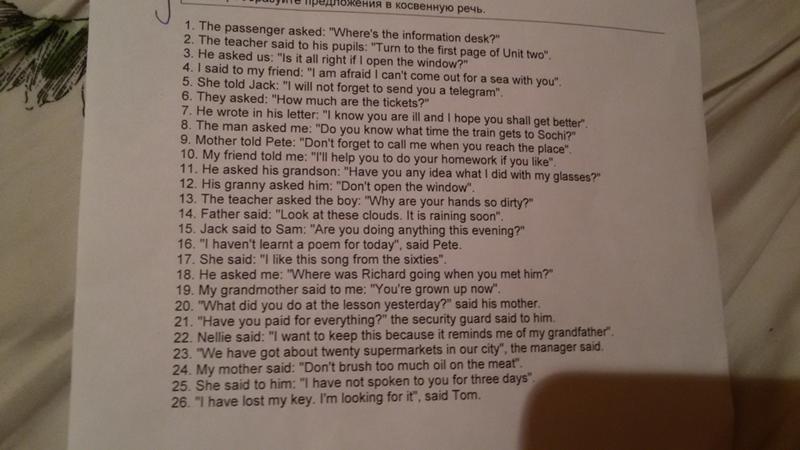
Verbs answer questions: what to do? what to do? what did you do? What did you do? what do they do? what will do?
Examples of verbs:
The form in Russian is a constant grammatical feature of verbs, which is possessed by conjugated verbs, infinitives, gerunds and participles. It shows how some action of the verb proceeds in time:
-
completed and one-time (read, passed)
-
unfinished and repeatable (lives, does).
What types of verbs are there in Russian:
-
perfective;
-
imperfect appearance.
Now let's find out what the perfect and imperfect form of the verb is and give examples of perfect and imperfect verbs.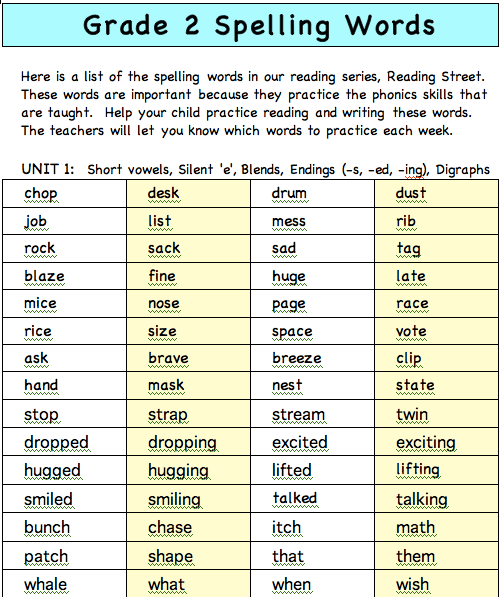
Demo lesson in Russian
Take the test at the introductory lesson and find out what topics separate you from the "five" in Russian.
Perfective verbs
Perfective verbs in the indefinite form answer the question: what to do?
Perfective verbs have two tense forms:
In any tense form they call:
-
an action that is limited by some limit;
-
result, completion of an action or a separate stage.
Examples of perfective verbs:
-
what did you do? sat down - past tense, the action is completed and was done once, that is, it was not repeated;
-
what will they do? they will talk - the future simple tense, the action will be done and will not be repeated.
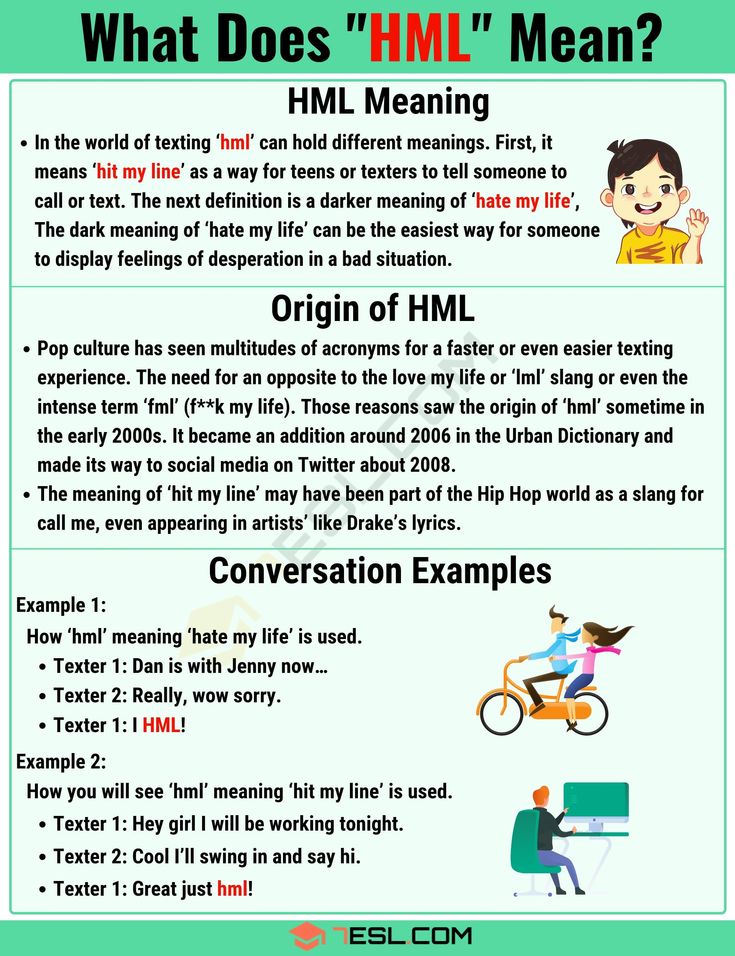
-
what to do? close, pay, perform;
-
what to do? identify, answer, simplify.
Perfective verbs can also denote actions that have already begun or are about to begin: I spoke, I will speak.
Imperfect verbs
Imperfect verbs in the indefinite form answer the question: what to do?
Imperfective verbs have three tense forms:
They denote:
-
action in length, without indicating its limit;
-
incomplete action.
In any tense form, they denote a recurring or continuing action, without indicating whether the action has been completed.
Examples of imperfective verbs:
-
what did you do? jumped - past tense, the action could be repeated several times and it is not known whether the result was achieved;
-
what are they doing? they are watching - the present tense, the action continues and it is not known how long the action has been going on and how long it will continue;
-
what will I do? I will dance - the future is a difficult time, the action can be repeated and there are no signs that it will be completed.

-
what to do? talk, paint, run;
-
what to do? drag, go.
Imperfective verbs can also denote actions that have begun, are beginning or will begin: I looked, I look, I will light.
Now we know what questions the perfective and imperfective verbs answer. And here is a cheat sheet to fix and learn the difference of two types:
Formation of verb types
Perfective verbs can be formed from imperfective verbs in different ways.
Ways of education:
-
Adding a prefix: read - read, sit - sit up.
-
Dropping suffixes: give - give, save - save.
-
Replacement of suffixes: decide - decide, jump - jump.
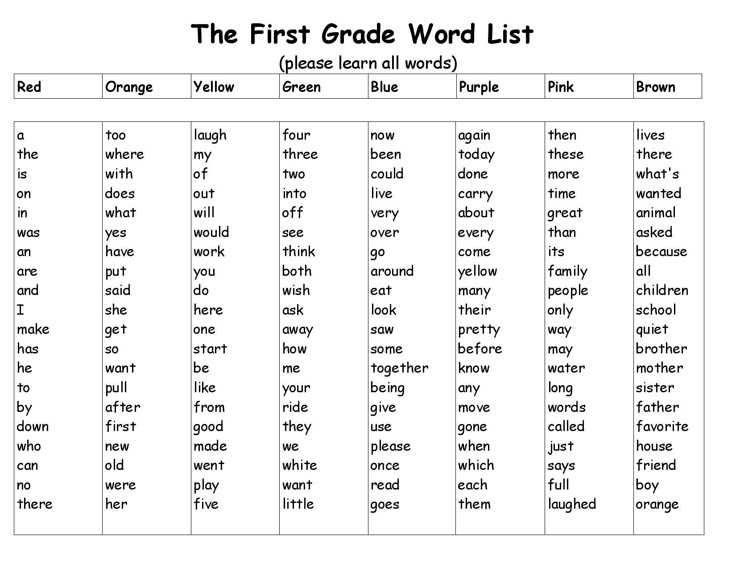
-
Replacement of suffixes and alternation of letters in the root: forgive - forgive, wither - wither.
In the formation of imperfective verbs, the alternation of consonants and vowels is possible at the root: be late - be late, state - state, protect - protect.
Learn Russian at the Skysmart online school with attentive teachers and interesting examples from modern texts.
Determine the form of the verb
If you are in doubt about how to understand what kind of verb you have: perfect or imperfect - use these methods:
| How to determine the aspect of a verb |
|---|
|
Now you can easily tell your classmates how to determine the form of a verb in Russian.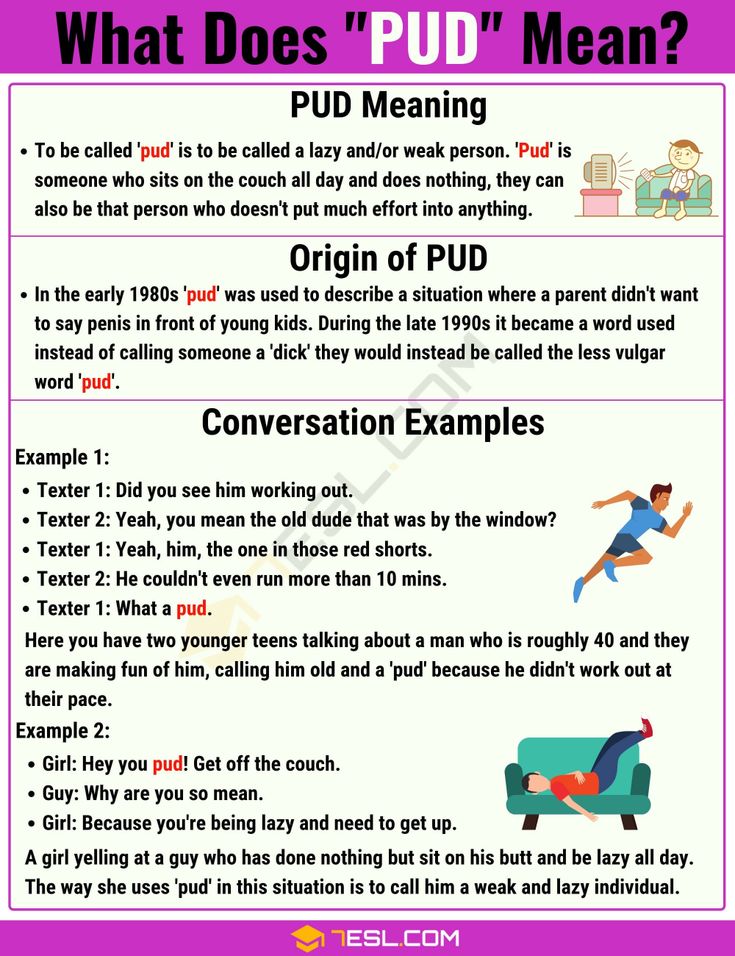
Examples of pairs of perfective and imperfective verbs
Aspective pair are verbs that have a perfective and imperfective form.
Some Russian verbs have the same lexical meaning, but differ in the grammatical meaning of the form. For example: what to do? decide what to do? decide.
Such aspectual pairs differ in the way of word formation:
-
Through the suffix: throw - throw, meet - meet, offend - offend, reach - achieve, decide - decide.
-
Through the prefix: cook - cook, call - name, work - process, speak - talk, read - finish reading.
The specific pairs of verbs can differ:
-
Stress.
fall asleep - fall asleep, cut - cut.
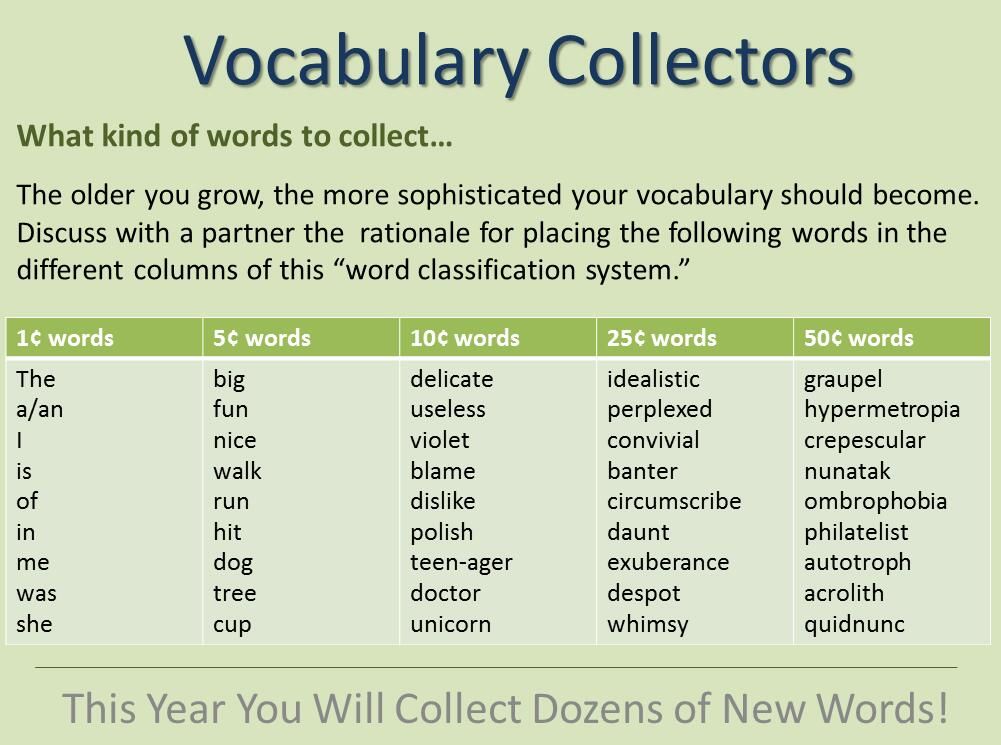
-
Roots.
what to do? catch - what to do? catch;
put - put;
invest - invest;
take - take;
search - find.
The aspect of the verb may depend on the context of the sentence. For example:
-
She is now (what is she doing?) sleeping with a friend. — Present tense, imperfective form.
-
Tomorrow (what will she do?) she is staying with a friend. — Future tense, perfect form.
Such verbs are called two-part verbs, they include: telegraph, take possession, spend the night, injure, marry, execute, promise, use, attack and others. Two aspect verbs can denote both a complete action and an action in length.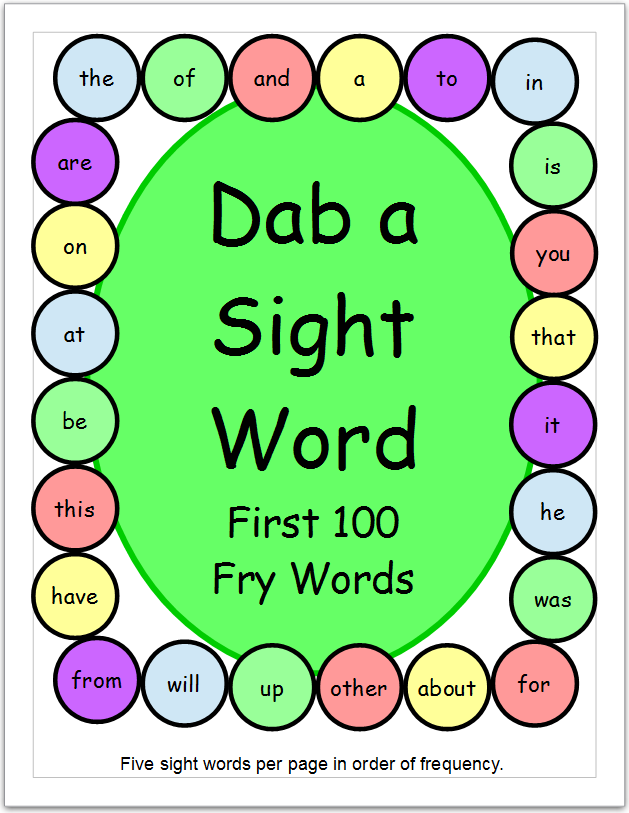
Table of perfect and imperfect verbs
| | imperfective | Perfect look |
|---|---|---|
| Infinitive | What to do? play | What to do? play |
| Past tense | What did you do? played | What did you do? played |
| Present | What am I doing? playing | - |
| Future tense | What will I do? will play | What will I do? play |
Cheat sheets for parents in Russian
All formulas in Russian at hand and free
Lidia Kazantseva
Author Skysmart
to the previous article
206.

